Best Soil to Use for Flowering Plants
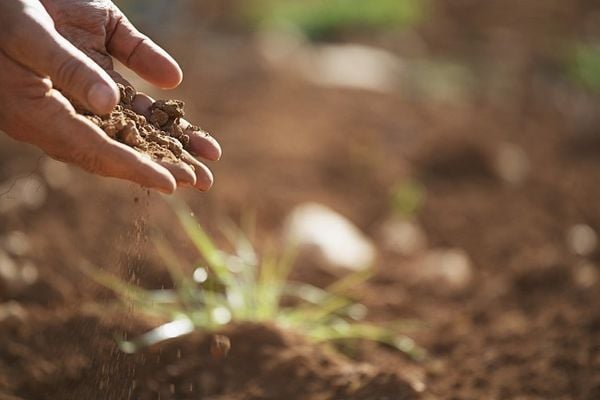
Now that you’re getting serious about gardening, it is important that you get to know your garden soil. Dirt isn’t just dirt, apparently. You need to provide your plant babies with the right type of soil that will provide them the best chance to grow and thrive. With all the careful sowing and tending that you’ll do, you wouldn’t want your efforts to go to waste just because your soil is of poor quality.
Ideal Soil Composition Analysis
Loam Soil
Sandy Soil
Clay Soil
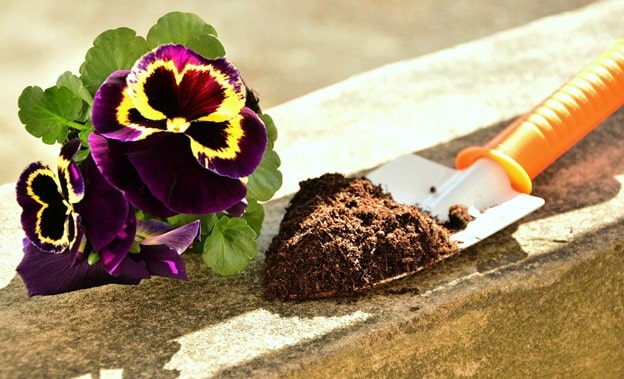
It is crucial to get the right kind of soil type for what you intend to plant because the soil is a vital nutrient-water-air provider. Different soils have different blends of minerals and plants vary in their nutrient/mineral requirement. Let’s get to know the different soil types and let this guide help you identify the best soil to use for your flowering plants.
Soil can be classified in different parameters, so it is impossible to provide a definite number of soil types. For building and construction, soil is classified into three kinds. When we consider soil composition, soil can be classified into six main types: chalk, clay, loam, peat, sand, and silt.
CHALK
This type of soil is commonly referred to as chalky. It is very alkaline with a pH of 7.1 to 8.0. Often free-draining, stony, and shallow, this soil makes added organic matter decompose quickly. In short, it’s hard to keep chalky soil fertile. Plants on chalky soil might not be able to properly absorb manganese and iron by their roots so their leaves turn yellow.
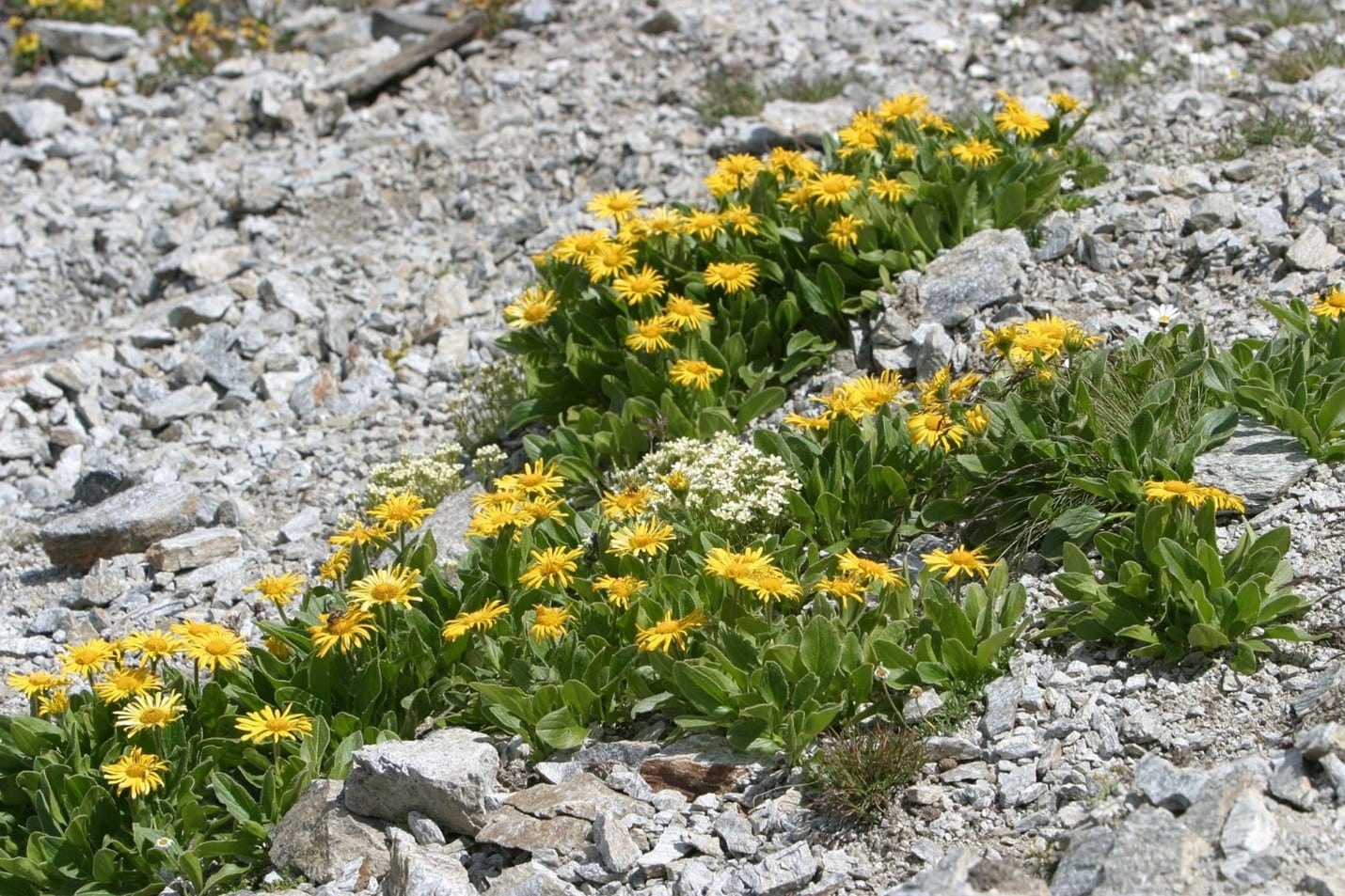
Flowering plants that can thrive on chalky soils are verbena, rudbeckias, geraniums, alstroemerias, agapanthus, aster, astilbe, and campanula.
CLAY
Sticky and lumpy when wet but rock hard when dry, clay soil can be hard to manage. Treat it the right way, though, and it can become very fertile. Clay soils drain slowly after rain which means they hold water well. This type of soil is usually rich in plant nutrients, too.
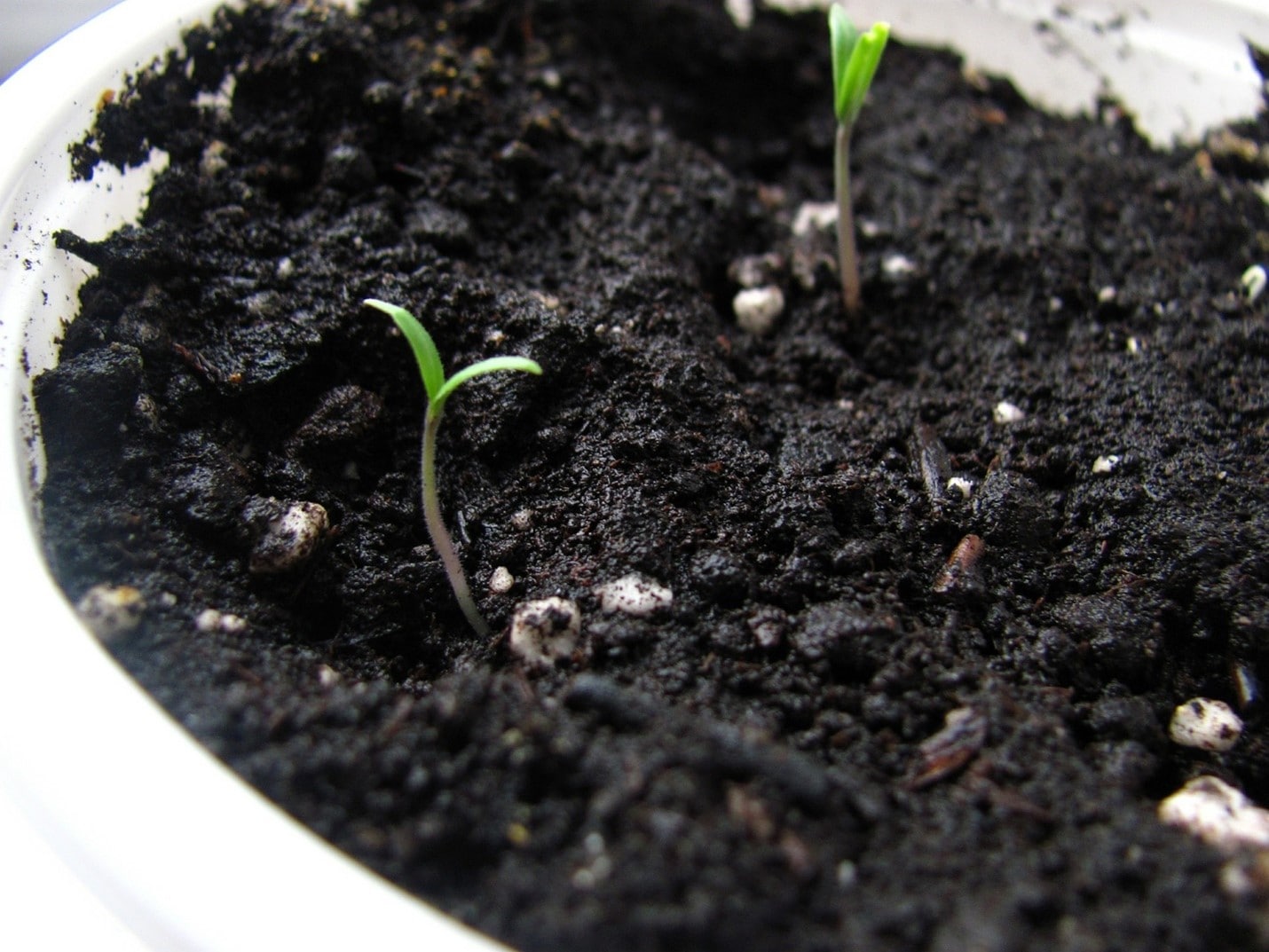
Among the plants that perform well on properly treated and used clay soil are hydrangeas, hardy geraniums, Mahonia japonica, and Helleborus. Plants that require frequent sowing are not so easy to grow on clay soils. You may want to stick with shrubs like roses, climbers, and flowering plant bulbs.
When planting on clay soils, make sure to do some improvement by adding organic matter and mulching the surface. Improve drainage, too, by using raised beds or drying/warming the ground in advance through the use of polythene sheet covers.
LOAM
In agricultural standards, the loam soil composition is comprised of less than 52% sand, between 7-27% clay, and between 28-50% silt. With a mixture of clay, silt, and sand, loam soil is one you can easily work on. Fertile and well-drained, this type of soil is ideal for most garden plants. Your plant babies will benefit greatly from loam soil’s ability to hold plenty of water yet drain the excess away for air to reach the plants’ roots.
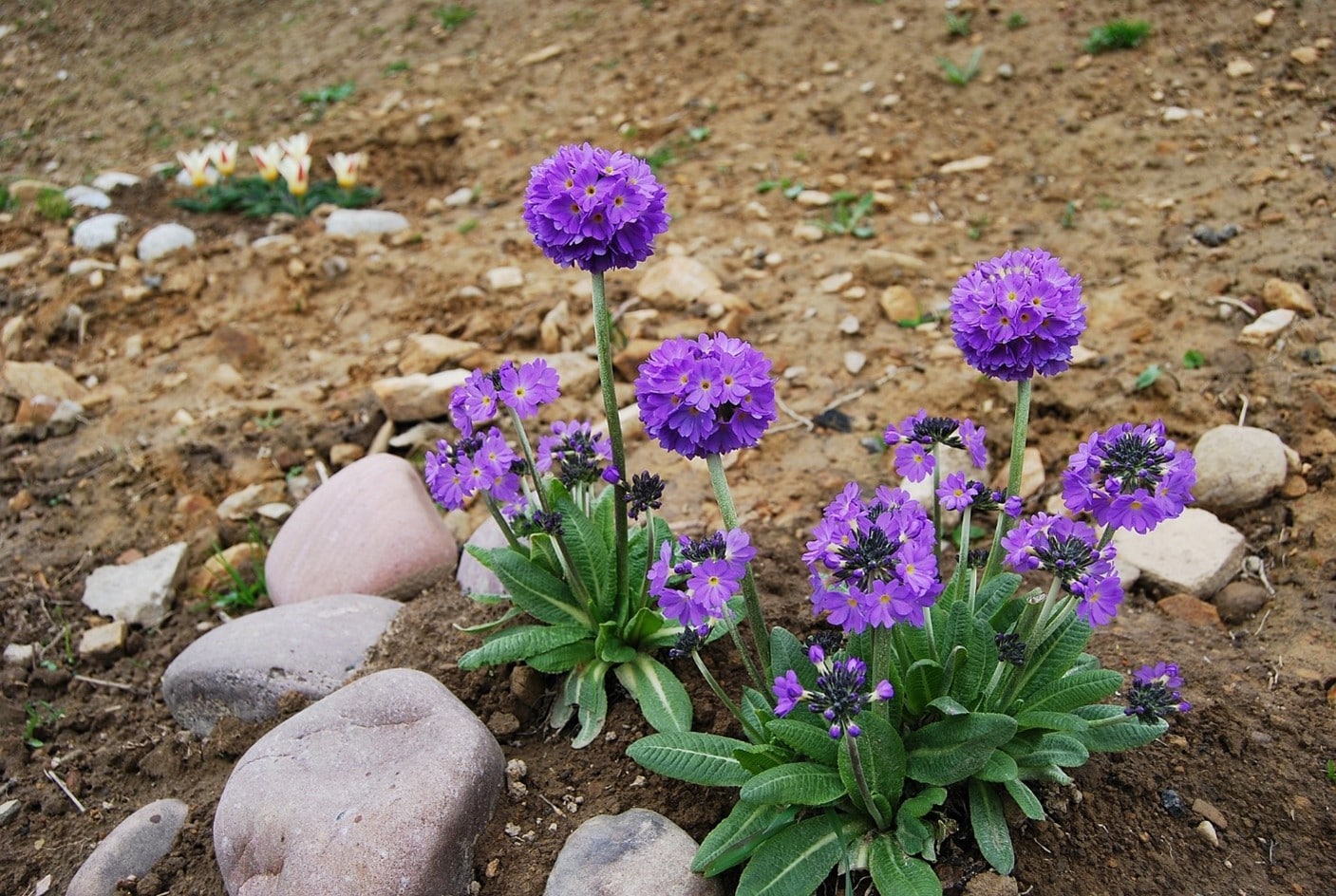
Loamy soil’s great structure is perfect for wisterias, delphiniums, African violets, amaryllis, chrysanthemums, coneflowers, daffodils, dahlias, daylilies, gladioulus, hyacinth, irises, lilies, marigolds, pansies, peonies, sunflowers, roses, and zinnias.
PEAT
A dominant type of organic soil, this acidic soil is considered very fertile. It is dark and it feels damp as it holds much moisture. Peaty soil can retain a lot of water so you may most likely need to dug drainage channels. To reduce the acidity of peat soil, blend it with compost, lime, and rich organic matter.
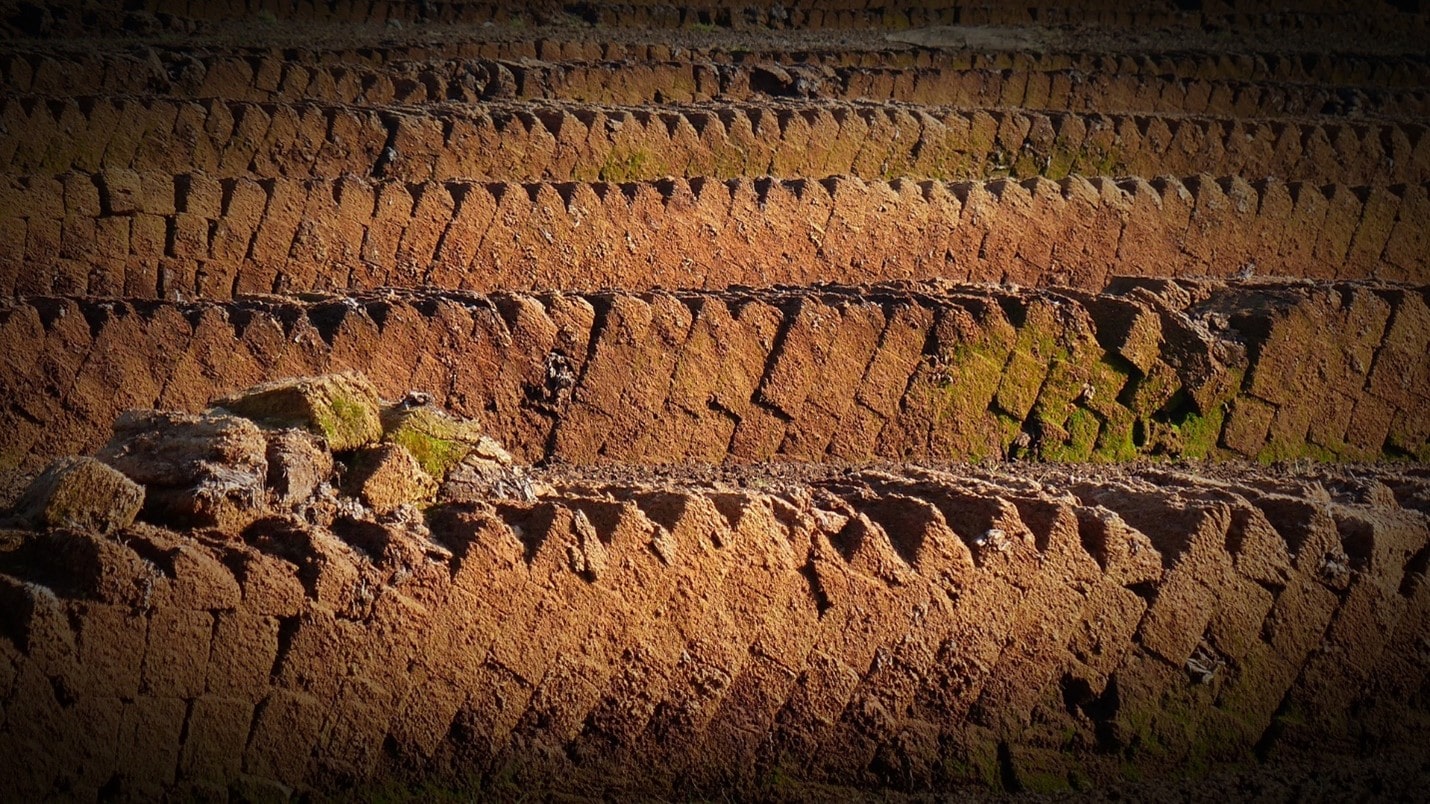
Plants that prefer acid-rich soils, like azaleas, heathers, camellias, and rhododendrons, can thrive and grow well in peat beds.
SAND
This type of soil is particularly free-draining. It loses water so quickly and it is also low in nutrients. Gritty because it dries out fast, sandy soil requires amendments. Mulching can help retain moisture while adding organic fertilizer blends can make it a more sustainable habitat for flowering plants.
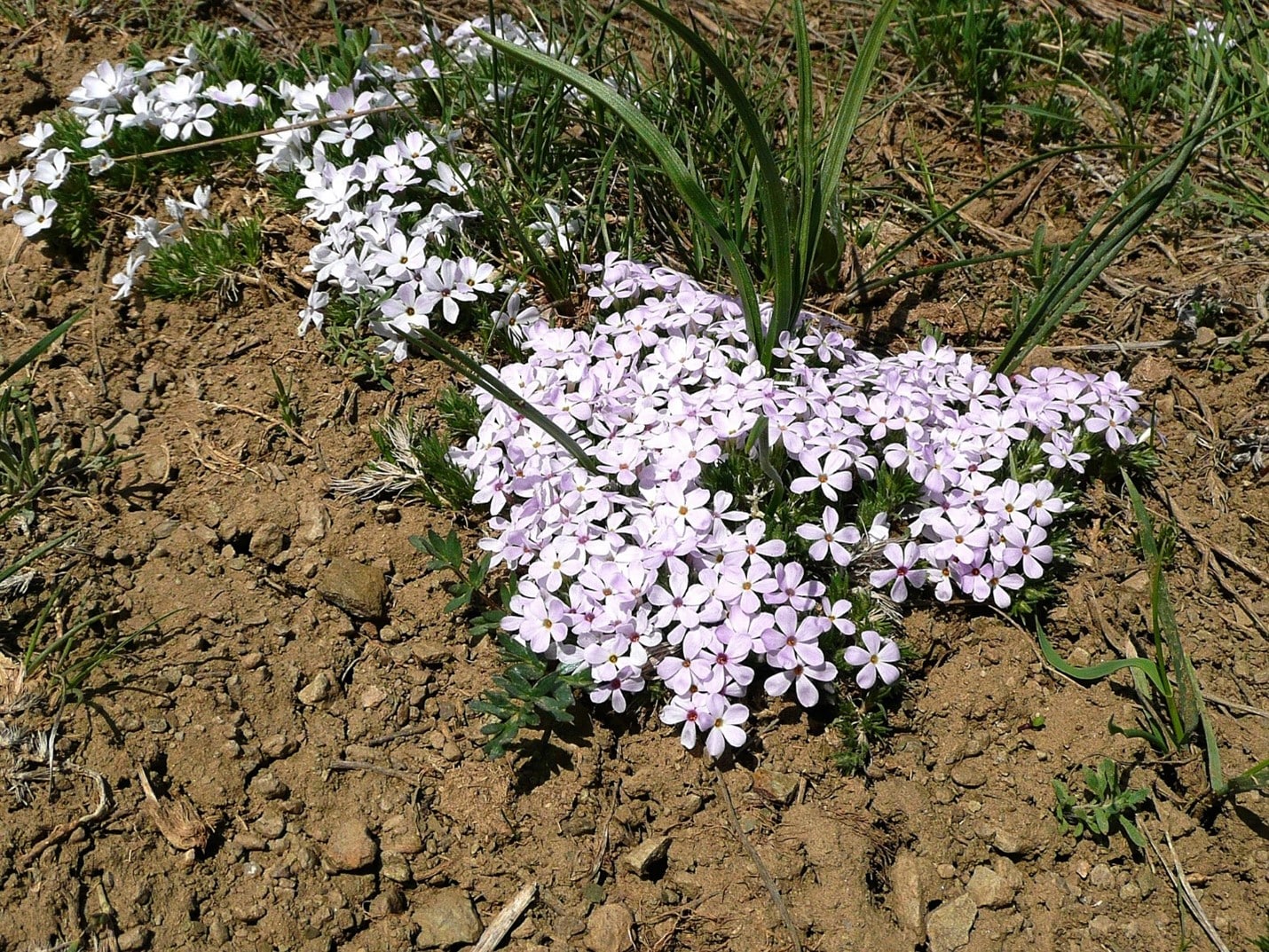
Although gardeners do not consider sandy soil as their choice for gardening, this type of soil displays some good characteristics. Sandy soil is easy to dig in and is not as susceptible to bacterial and fungal diseases compared to other soils.
There are several plants that can thrive well on sandy soils including Western sword fern, butterfly bush, daylilies, salvias, artemisia, and lavender.
SILT
A light and moisture-retentive kind of soil, silt soil has a high fertility rating. It holds moisture well but is also well-drained. The fine rock and mineral particles of silt soil are smaller than sand but larger than clay. This type of soil is slippery when wet.
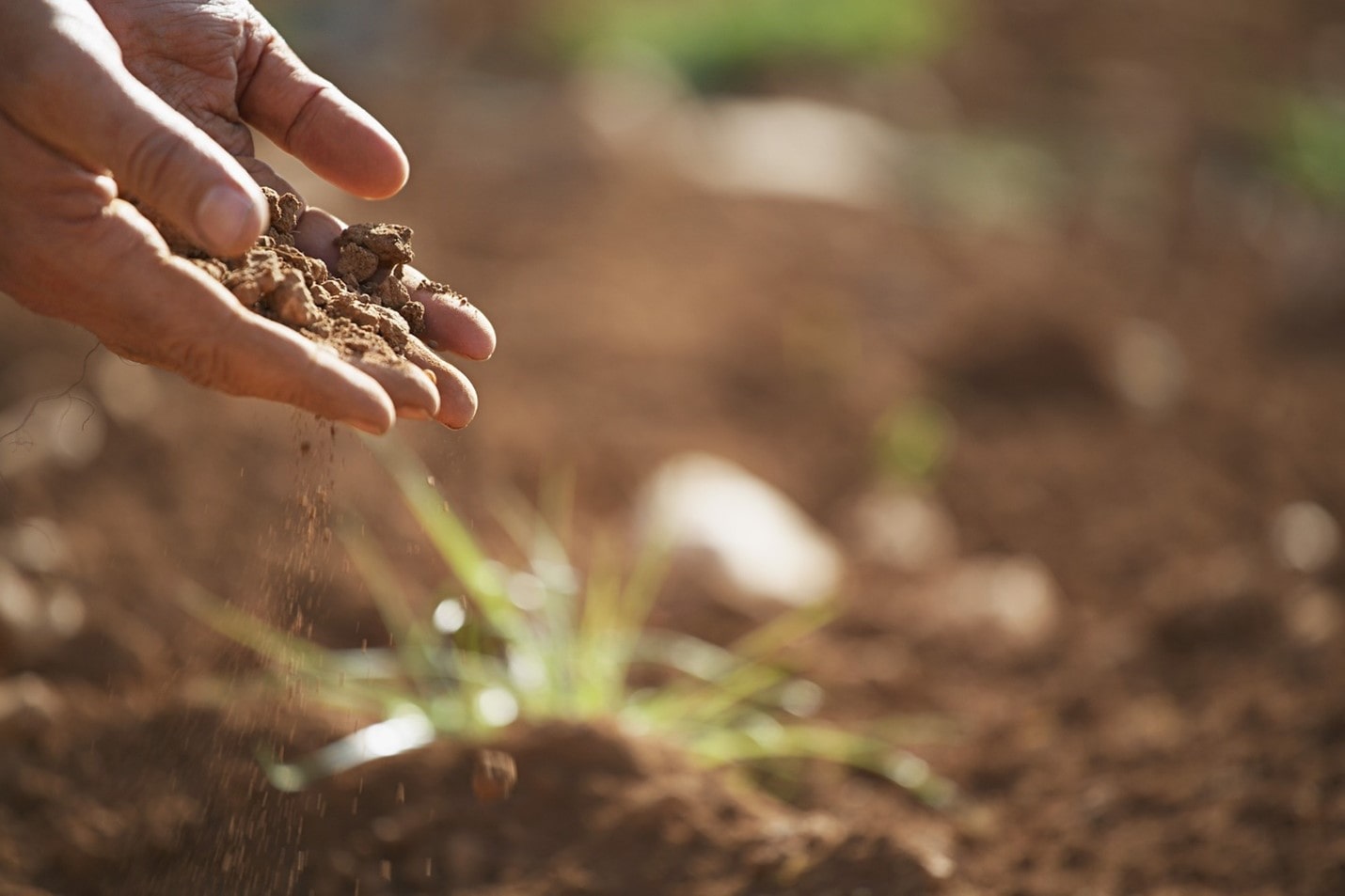
Considered as good for growing crops, silt soil has good water retention and air circulation. Adding organic matter to silty soil can encourage better soil biology for healthier plants. Avoid walking on garden beds with silty soil to prevent compaction.
Flowers that thrives on silt soil include Japanese iris, yellow irises, swamp milkweed, cranesbill, roses, and daffodils.
To answer the question, the best soil to use will depend on the kind of flowering plant. Look for what your specific plant needs to stay alive - above ground and below.
Understanding your garden soil isn't just for the green-thumbed enthusiast but a fundamental step for anyone looking to foster a vibrant garden. Whether you are planting geraniums in chalky soil or nurturing daffodils in silt soil, knowing the type of soil you are working with can be a game-changer.
Your garden soil does more than just anchor the plants; it's a reservoir of nutrients, water, and air, all essential elements to foster growth and nurture your plants from root to flower. Each soil type, be it chalk, clay, loam, peat, sand, or silt, offers unique characteristics that can either bolster your plants' growth or hinder it.
However, no soil type is a lost cause. With the right treatment, even the most challenging soils can become a fertile ground for your plant babies. Whether it's adding organic matter to clay soil to improve its structure or introducing compost and lime to reduce the acidity of peat soil, a conscientious gardener can work wonders.
As you stand before your garden, ready to cultivate a rainbow of flowers, take a moment to understand the ground beneath. Will it be the well-balanced loam welcoming a burst of colorful zinnias, or the moisture-retentive silt offering a nurturing ground for yellow irises?
Remember, a garden is a living entity, a beautiful harmony of elements working together, starting from the ground up. So, get to know your soil, and gift your plants the best foundation for them to flourish, offering them not just a place to grow, but a place to thrive.
This article was first published on 12.11.20. It was tweaked with some headings, image titled and a funky new graph and published about on 12.17.24.
Blog Categories
Recent posts
- When You’re in Charlotte and They’re in Boone: An Honest Guide to Watauga Medical Center Flower Delivery
- The Alvin TX Bouquet: Why Lilac Surprise Dominates 1 in 3 Orders
- 3 Must Have Plants For Loved Ones In Danville
- What Are Our Most Searched Flowers State by State
- What Is It About New Yorkers Love Of Flowers?
- 4 Flowers You’ll Want to Grow in Your Small Garden
